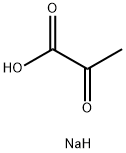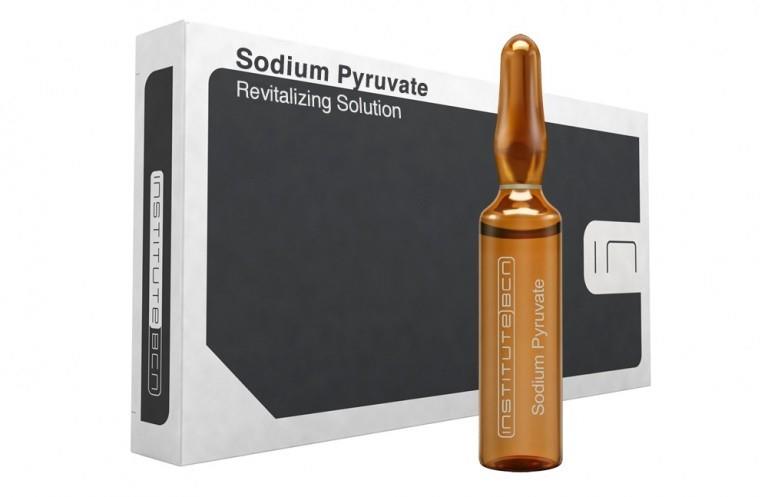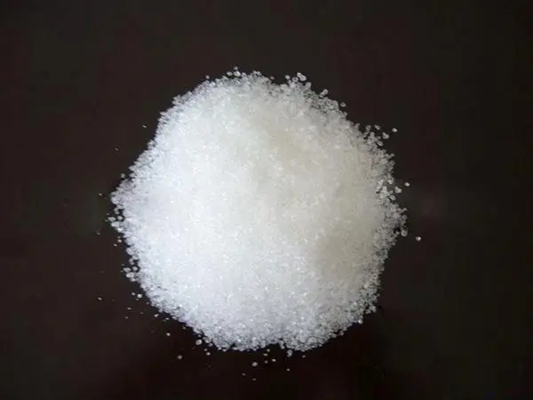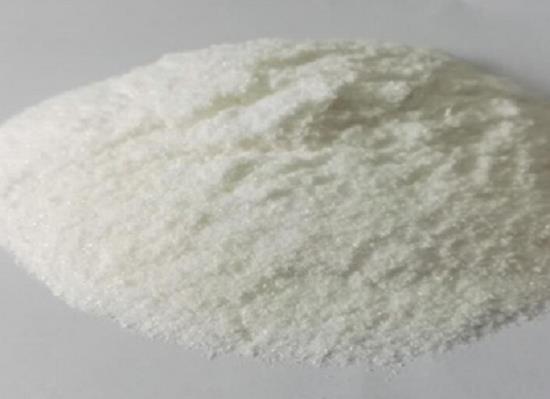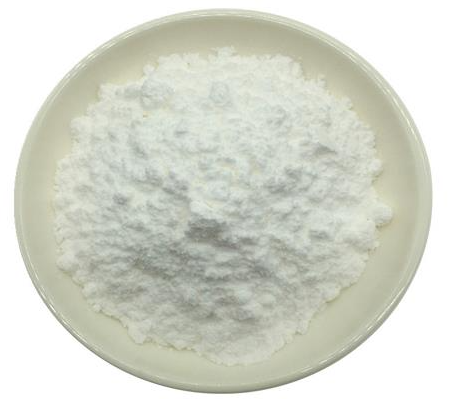Sodium Pyruvate: A Versatile Compound Driving Advances in Biochemistry and Clinical Therapies
General Description
Sodium pyruvate, a versatile inorganic salt derived from pyruvic acid, plays crucial roles in biochemistry, cell culture, and clinical applications. In biochemistry, it serves as an essential intermediate in glycolysis, aiding in energy production and the synthesis of amino acids and lipids. In cell culture, it acts as an energy source, prevents lactate accumulation, and supports cell growth and viability. Furthermore, in clinical applications for allergic rhinitis, sodium pyruvate exhibits anti-inflammatory and antioxidant properties, effectively reducing nasal inflammation and congestion. Overall, sodium pyruvate's multifaceted utility makes it indispensable in understanding metabolic pathways, supporting cell functions, and offering therapeutic benefits in various fields.
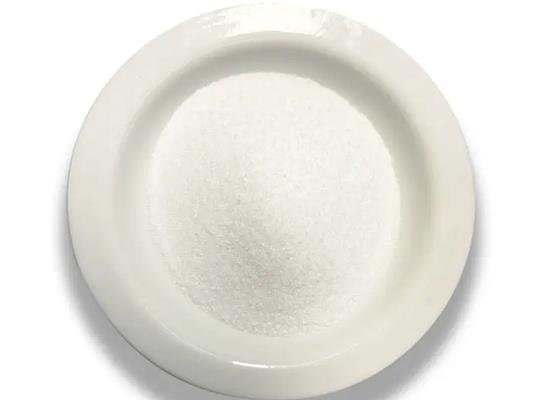
Figure 1. Sodium pyruvate
Chemical Characteristics
Sodium pyruvate, or sodium 2-oxopropanoate, stands as a pivotal inorganic salt originating from pyruvic acid. This compound presents itself in the form of a white crystalline solid or odorless powder, exhibiting notable solubility in water. Its broad solubility profile facilitates its multifaceted utility across diverse chemical and biological processes. Within the realm of biochemistry, sodium pyruvate emerges as a critical intermediate in glycolysis, the fundamental metabolic pathway responsible for converting glucose into energy. Beyond its role in energy production, it serves as a crucial precursor for the synthesis of amino acids and lipids, essential components for cellular structure and function. A distinguishing feature of sodium pyruvate lies in its ability to enhance cellular respiration and ATP production, thereby holding significant value in various research endeavors. Moreover, its inherent chemical stability and ease of handling further bolster its widespread application in both scientific investigations and industrial settings. In summation, the versatile properties of sodium pyruvate render it indispensable for comprehending metabolic pathways, supporting cellular functions, and driving advancements across numerous fields of science and technology. 1
Applications in Cell Culture
Sodium pyruvate is a vital component in cell culture, commonly added to the medium to serve as an energy source alongside glucose. It functions as an alternative carbon source, particularly valuable when glucose is the sole carbon source, preventing the accumulation of lactate, a metabolic byproduct. Although not indispensable for cell culture, pyruvate, derived from sodium pyruvate, is frequently included in media with low glucose concentrations, such as 1.0g/L, and sometimes even in high-glucose media. Cells cultured in a medium containing sodium pyruvate may develop a reliance on it, and abrupt removal from the medium could lead to a temporary growth delay. Therefore, it's advisable to maintain the addition of sodium pyruvate to ensure consistent cell growth. Its presence contributes significantly to cell viability and optimal growth conditions. In summary, sodium pyruvate plays a critical role in cell culture by providing an additional energy source, preventing lactate buildup, and supporting overall cell growth and viability. Its inclusion in culture media is a common practice to ensure the successful cultivation of various cell types in laboratory settings. 2
Clinical Applications in Allergic Rhinitis
Sodium pyruvate, known for its anti-inflammatory and antioxidant properties, has emerged as a promising treatment for allergic rhinitis (AR). By reducing inflammatory cytokines and oxygen radicals, such as interleukin (IL) IL-6, IL-8, Monocyte Chemoattractant Protein-1, and hydrogen peroxide, it effectively mitigates nasal inflammation and congestion. In five human clinical studies, the efficacy of a 20 mM sodium pyruvate nasal spray (N115) was assessed in AR patients. The results consistently demonstrated a significant improvement in nasal inflammation scores compared to both placebo and baseline controls (p < 0.0001 in all trials). Importantly, three of the studies were open-labeled, while the remaining two were appropriately blinded, ensuring unbiased evaluation. These findings underscore the potential of sodium pyruvate nasal spray as an effective therapeutic option for alleviating nasal inflammation associated with AR. Its ability to target inflammatory pathways in the nasal airways offers hope for individuals suffering from this common respiratory condition. 3
Reference
1. National Center for Biotechnology Information (2024). PubChem Compound Summary for CID 23662274, Sodium pyruvate.
2. Sodium pyruvate. Thermo Fisher SCIENTIFIC. Catalog number: 11360070.
3. Martin A, Lupfer C, Amen R. Sodium Pyruvate Nasal Spray Reduces the Severity of Nasal Inflammation and Congestion in Patients with Allergic Rhinitis. J Aerosol Med Pulm Drug Deliv. 2022; 35(6): 291-295.
You may like
Related articles And Qustion
Lastest Price from Sodium pyruvate manufacturers

US $0.00/kg2025-09-18
- CAS:
- 113-24-6
- Min. Order:
- 1kg
- Purity:
- 98%
- Supply Ability:
- 1000kgs
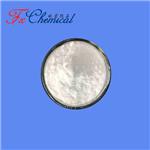
US $0.00/KG2025-04-21
- CAS:
- 113-24-6
- Min. Order:
- 1KG
- Purity:
- 98%min
- Supply Ability:
- 30tons/month
